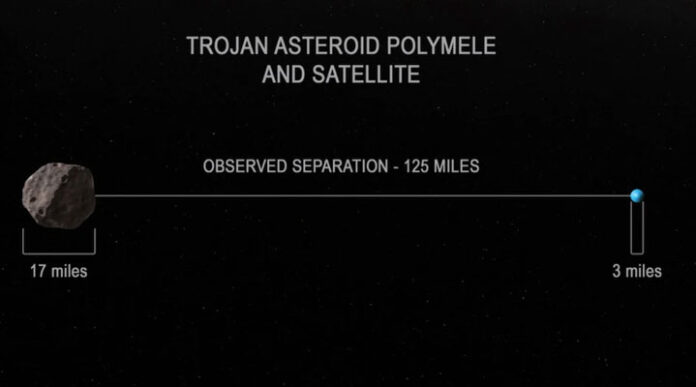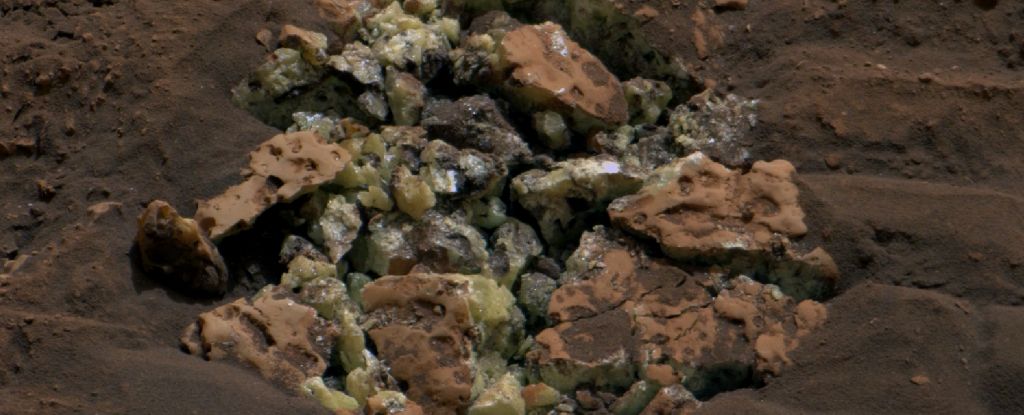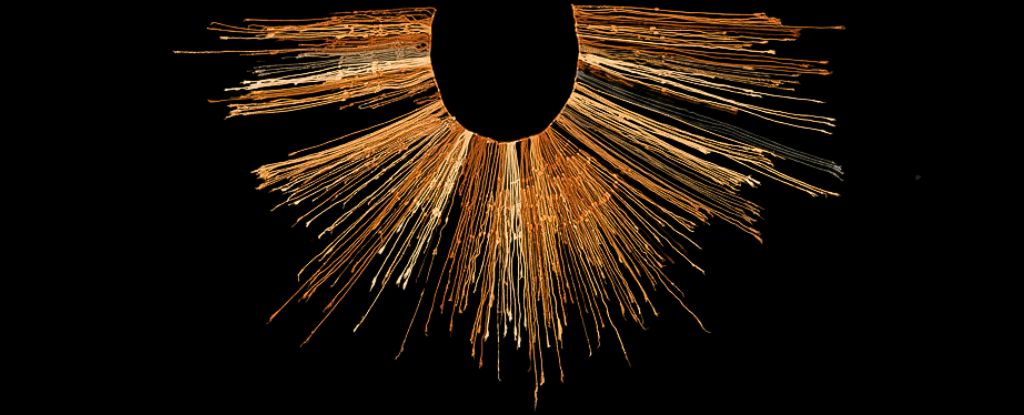Astronomers working on NASA’s Lucy mission may have discovered a previously unknown mini-moon orbiting an asteroid in the solar system. The Trojans are two groups of asteroids that orbit the Sun and are located on opposite sides of Jupiter. The Lucy probe observed its smallest asteroid target, Polymele, which was expected to pass in front of a star while on its way to the space rocks. As the asteroid passed by, it briefly obscured the star, allowing astronomers to observe the star blink.
Soon after, a team of NASA astronomers got to work gathering data on the asteroid based on the sighting. When the collected data was analyzed, the team discovered that, in addition to the asteroid and star, there was another object nearby. Astronomers believe it is the asteroid’s own satellite, which is about 200 kilometers away from Polymele.
The event that prompted the observation occurred on March 27. As the occultation occurred, 26 teams decided to measure the asteroid’s location, shape, and size with unprecedented precision. During the event, 14 teams reported seeing the star blink. Two of the observations, however, did not match. “Those two observers saw an object about 200 kilometers (124 miles) away from Polymele. “It had to be a satellite,” said Marc Buie, the Southwest Research Institute’s Lucy occultation science lead.
The team estimated the satellite’s diameter to be around 5km based on the occultation data. The distance between Polymele and its moon, which is 27km wide, was estimated to be around 200km. The asteroid was 770 million kilometers away from Earth when Polymele slammed into it.
Asteroids, according to scientists, contain vital information that could aid in unraveling the history of the solar system. Previously, the Lucy team discovered that one of the Trojan asteroids, Eurybates, had a small satellite using the Hubble Space Telescope.





